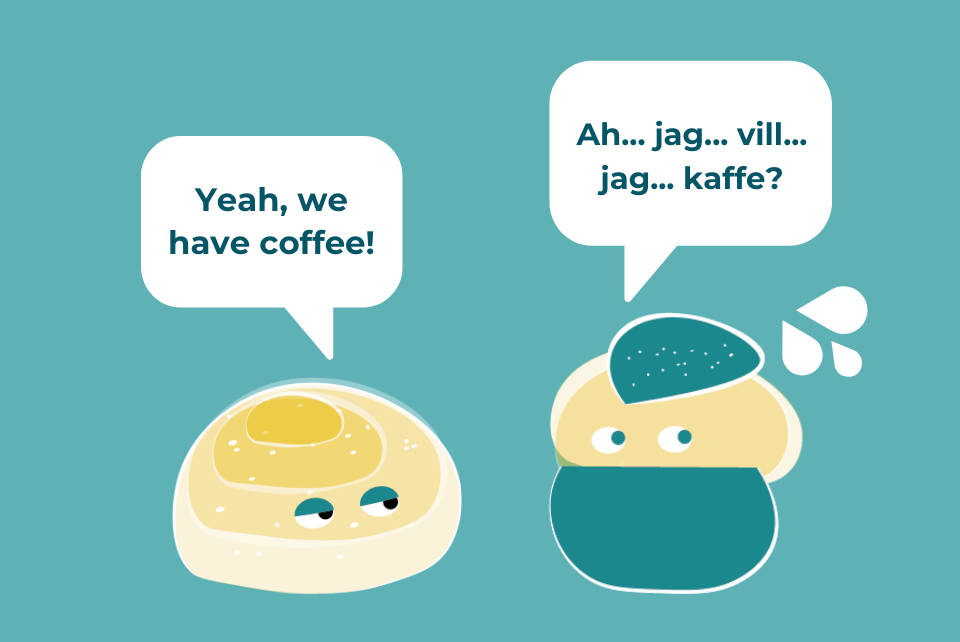- India 14.7 °C
- Tuesday, January 28 | 2025
- Guide to Sweden
Guide to Sweden
- Articles
- About
- Shop
Online Courses
- Login
🕒 Loading... Stockholm
- Guide to Sweden
Guide to Sweden
- Articles
- About
- Shop
Online Courses
- Login
🕒 Loading... Stockholm
- Guide to Sweden
Guide to Sweden
- Articles
- About
- Shop
Online Courses
- Login













































16 responses to “The Sweden recycle guide: Waste Sorting and Disposal”
Nice, clear and to the point.. This really helps, Thank you Ezinne
I am glad the post was helpful. It’s my pleasure, Taiwo.😊
Very useful article for newbies and less newbies too! Sometimes the number of bins and the recycling system is different from a neighborhood to another and the sorting needs to be adapted… So it is an ongoing learning 🙂
Thank you!
I totally agree! Thank you for sharing your thoughts, Mayssa.😊
Do any of these items need to be cleaned before recycling? I have ketchup-covered paper plates. Do they go in Pappersfӧrpackningar (like the paper cups mentioned above) or Restavfall because the ketchup makes them too messy?
Rinse them or wipe off with used napkins
Hey!!!
I’m looking for a place for broken glass disposal. I’m around Solna and I didn’t find any.
Thank you.
How about coffee capsule? where should they go?
Hello,
Depending on the capsule brand, some manufacturers take them back for recycling. If not, most likely plastic.
Hi, I would like to know is it compulsory for the manufacture to place the waste sorting logo on the food label? is there any regulation that we can refer to? Please kindly advise. Thank you!
Hi,
sorry for the slow reply. This is not an area in which we are experts so we’ve had to do some major googling which means that our answer is not to be taken as indisputable facts. The information we have is from Naturvårdsverket https://www.naturvardsverket.se/vagledning-och-stod/producentansvar/producentansvar-for-forpackningar/forpackningsavfall-fran-verksamheter/.
It seems that a new law came in place in January 2023 which makes the manufacturer of products and the seller of products responsible for the sorting and waste disposal. I can not find any information on these pages that directly specifies that the waste sorting logo has to be in their products but if the manufacturer is responsible for the sorting and disposing it would stand to reason that they want to make sure that the buyer/user can do their part in sorting correctly.
Anyway, hope this can get you a bit further in this topic.
Tack för hjälpen. Det här är en av de lättlästa förklaringarna för sopsortering som jag har hittat.
Navigating the recycling system in Sweden can indeed be a bit of a learning curve for newcomers, but once you get the hang of it, it becomes second nature. The presence of various bins with different labels might seem overwhelming at first, but it’s all part of Sweden’s commitment to sustainability and environmental consciousness. Embracing the Sweden recycle guide as your ally can make the process much smoother, helping you sort your waste effectively and contribute to the country’s impressive recycling efforts. While it may take some adjustment, the culture of recycling in Sweden ultimately reflects a collective commitment to preserving the planet for future generations, making it a valuable practice to adopt.
Hi,
All the time i am searching about this qusetion.
In which container(plast ,papper or metal)shall i drop medicin cover ?
Normally the cover made of aluminium mix with plastic.
Thank you
I have recently got a small puppy – and I like to know – in which box should I need to dispose the dog poops – that we pick up on the black cover ?
Do I need to drop these covers into the
Non-recyclable/ Residual waste (Restavfall) ?
Hello,
I’m trying to figure out where to dispose of used kitchen oil. Any idea?
Best regards,